Researchers have developed an all-solid-state sodium battery that maintains performance at sub-zero temperatures. Developed by researchers at the University of California, San Diego, the battery could help replace lithium-based power devices.
The researchers also revealed that sodium is a cheap, abundant, and less harmful alternative, but the all-solid-state batteries they created currently don't work well at room temperature.
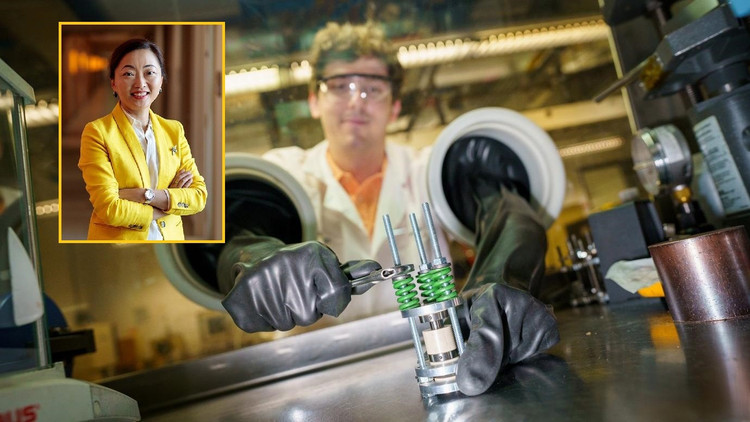
The engineers heated a semi-stable form of sodium hydridoborate to the point where it began to crystallize, then rapidly cooled it to kinetically stabilize the crystal structure. This is a widely recognized technique, but one that had never before been applied to a solid electrolyte.
That familiarity could help turn this lab innovation into a real product in the future, the researchers say.
"It's not a matter of sodium versus lithium, we need both," said Professor Y. Shirley Meng, of the University of Chicago Pritzker School of Molecular Engineering (UChicago PME - USA). "When we think about future energy storage solutions, we should envision the same giant factory being able to produce products based on both lithium and sodium chemistries. This new research brings us closer to that ultimate goal while advancing the fundamental science along the way."
The team also notes that the sodium chemistry is interesting, but the sodium solid electrolyte shows limited ionic conductivity at room temperature.
The UC San Diego group's work combines computational and experimental data to evaluate the metastable nature of sodium hydridoborate and demonstrates that rapid cooling from the crystallization regime locks orthorhombic phase dynamics with fast Na+ migration.
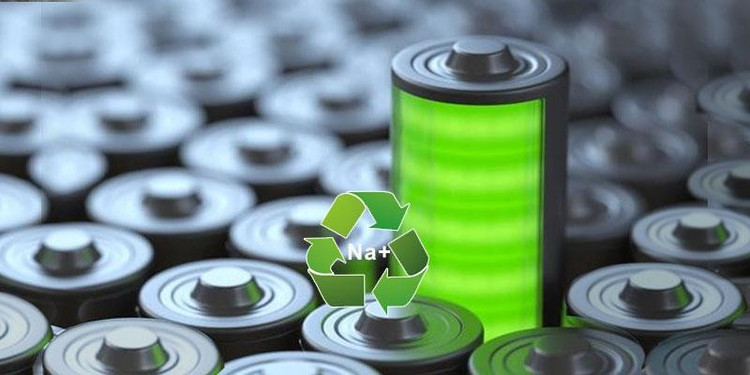
Solid-state sodium batteries offer hope for a less environmentally damaging energy solution.
The researchers note that when combined with a chloride-based solid electrolyte-coated cathode, this superstable phase allows for the creation of dense, high-area-load composite cathodes that maintain performance at sub-zero temperatures.
"Since the basic principle is to kinetically stabilize the anionic framework favoring diffusion, this approach is transferable to related hydridoborates and other anionic cluster chemistries. This work provides a practical design strategy and processing guidelines for high-performance solid electrolytes," the team reports.
Co-author Sam Oh of the A*STAR Institute for Materials Research and Engineering in Singapore said the research helps put sodium on a more level playing field with lithium in terms of electrochemical performance.
"The breakthrough we achieved is that we are actually stabilizing a semistable structure that has never been reported before. This semistable structure of sodium hydridoborate has a very high ionic conductivity, at least one order of magnitude higher than the ionic conductivity reported in the literature, and three to four orders of magnitude higher than the precursor itself."
This research offers the prospect of using a much cheaper and more easily available feedstock than lithium. For many years, along with the development of portable digital devices, humanity has had to make huge environmental trade-offs when mining and refining lithium.
Source: https://khoahocdoisong.vn/pin-natri-the-ran-co-trien-vong-thay-the-cho-cac-loai-pin-lithium-post2149056855.html


![[Photo] Opening of the 13th Conference of the 13th Party Central Committee](https://vphoto.vietnam.vn/thumb/1200x675/vietnam/resource/IMAGE/2025/10/6/d4b269e6c4b64696af775925cb608560)












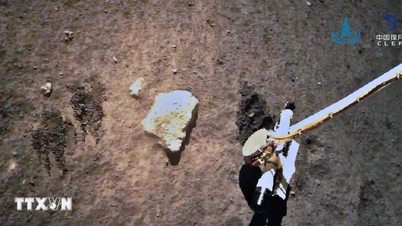









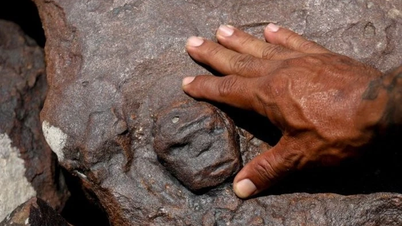
































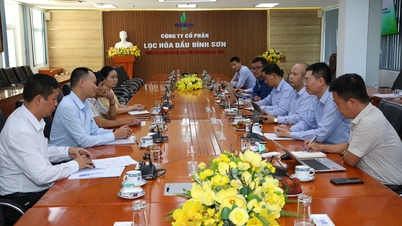













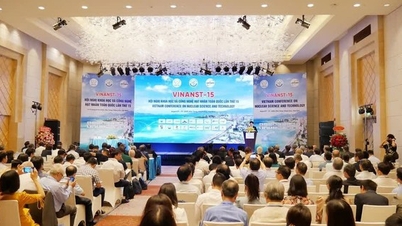






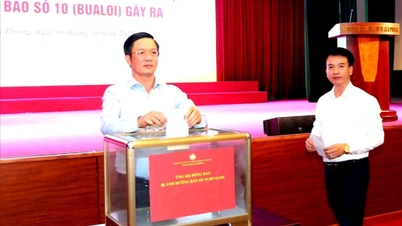




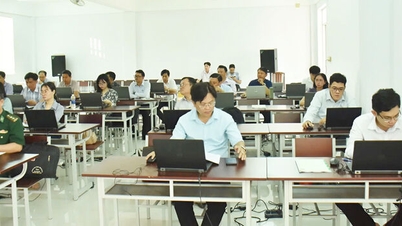














Comment (0)